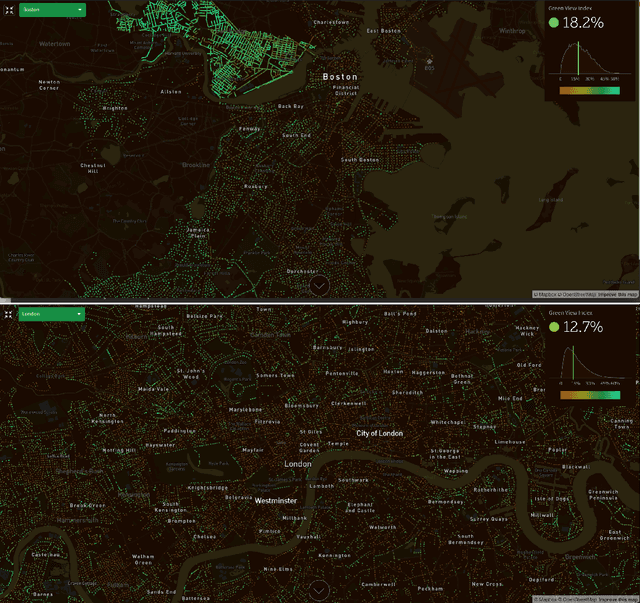Quantifying Urban Canopy Cover with Deep Convolutional Neural Networks
Paper and Code
Dec 03, 2019



Urban canopy cover is important to mitigate the impact of climate change. Yet, existing quantification of urban greenery is either manual and not scalable, or use traditional computer vision methods that are inaccurate. We train deep convolutional neural networks (DCNNs) on datasets used for self-driving cars to estimate urban greenery instead, and find that our semantic segmentation and direct end-to-end estimation method are more accurate and scalable, reducing mean absolute error of estimating the Green View Index (GVI) metric from 10.1% to 4.67%. With the revised DCNN methods, the Treepedia project was able to scale and analyze canopy cover in 22 cities internationally, sparking interest and action in public policy and research fields.
* NeurIPS 2019 Workshop on Climate Change AI at Vancouver, British
Columbia, Canada. arXiv admin note: text overlap with arXiv:1808.04754
 Add to Chrome
Add to Chrome Add to Firefox
Add to Firefox Add to Edge
Add to Edge